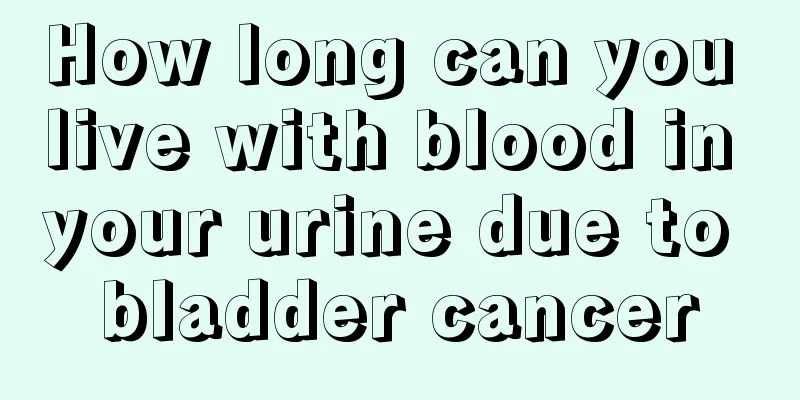What are the treatment principles for osteosarcoma

|
The treatment of osteosarcoma is mainly based on high-dose individualized neoadjuvant chemotherapy (preoperative chemotherapy) and surgery. At present, based on neoadjuvant chemotherapy and the correct surgical plan, the 5-year disease-free survival rate can reach 50%-70%. The surgical plan should be determined according to the effect of preoperative chemotherapy and the surgical staging of the tumor. So what are the treatment principles of osteosarcoma? Treatment principles for osteosarcoma: 1. Chemotherapy The four most commonly used drugs are methotrexate, cisplatin, doxorubicin, and ifosfamide. Chemotherapy drugs have obvious killing power against sensitive cancer cells, but the biggest drawback of chemotherapy drugs is that they are not selective. While killing tumor cells, they also kill a large number of normal cells, and thus quickly destroy the body's immune system function. Many cancer patients are forced to interrupt treatment, and cancer patients whose immune capacity is damaged face the danger of tumor metastasis again. 2. Surgery ① Limb-sparing surgery It has gradually become the mainstream, with the best indication being stage IIA and IIB being a relative indication. Standardized chemotherapy is required for 6 to 8 weeks before surgery, and the resection margin should achieve radical resection or wide resection. It is best to do MRI and angiography before surgery to understand the exact range of the tumor and its relationship with large blood vessels. Bone defects are often replaced with artificial joints, and chemotherapy regimens are adjusted after surgery based on the tumor necrosis rate for 4 to 6 months. ② Amputation surgery When limb salvage is not suitable or unconditional, amputation should be performed decisively. Chemotherapy may not be required before the operation, but chemotherapy is required after the operation. The treatment principle of osteosarcoma should also be determined based on the effect of preoperative chemotherapy and the surgical staging of the tumor. In addition, the patient and family's wishes, the patient's age and psychological state, the location and size of the tumor, the condition of the soft tissue and neurovascular bundle, and the foreseeable postoperative function should also be considered. |
<<: Do you know the dangers of cervical cancer?
>>: What are the harms of thyroid cancer to the human body?
Recommend
What are the benefits of collagen?
Collagen is a substance with relatively high biol...
What are the differences between moisture and cold air?
In real life, many people often neglect their phy...
How to use the moxibustion heat therapy patch
Today's technology is developing faster and f...
Can I wash my hair when I get up in the morning?
Many people like to wash their hair in the mornin...
How to detect favism
Favism is not common in our lives; it is a rare d...
Breast cancer likes "this type of breasts" the most! These 5 types of people should be careful!
Breast cancer is not age-specific. Breast structu...
What are the complications of bile duct cancer
What are the complications of bile duct cancer? B...
What diseases can ozone blood therapy treat?
Ozone is a word we often hear. It is an allotrope...
What does hc refer to in the fetus?
When pregnant women go to the hospital for prenat...
How to treat endometrial cancer in the early stage? Is the cure rate high?
Early stage is the earliest stage in cancer stagi...
How to distinguish between stomach cold and stomach cold, judge by symptoms
Stomach cold and stomach heat are both common sto...
How to wash oil stains on clothes
Some people like to wear light-colored clothes, t...
Symptoms of advanced bladder cancer
If bladder cancer reaches the late stage, everyon...
What's going on with the bottom jumping by itself
Many people will have questions about why the low...
Woke up with swollen face and eyes
If you find that your face and eyes are swollen a...









